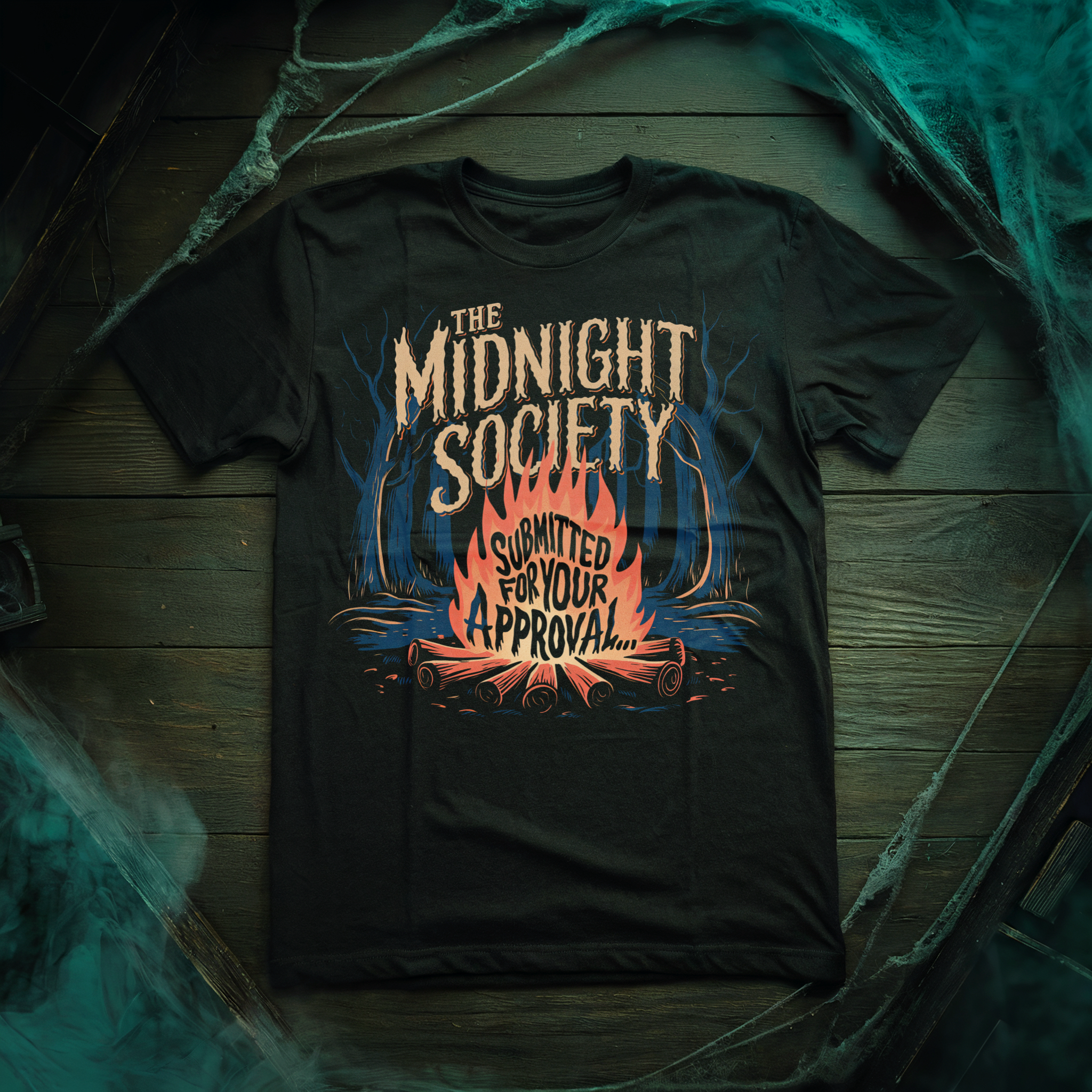The Oak Room (2020) is a love letter to the gothic thrillers of the past, which is fitting, since the theme of the film is about the past catching up with you. In a cross between No Country For Old Men (2007) and Frailty (2001), the seedy bar stools of The Oak Room has scores to settle and stories to tell from a stellar cast, a wonderfully crafted screenplay, and the kind of visual beauty that strengthens the magic of movie-making.

Brought to us in a coproduction between Black Fawn Films, the production company who delivered the likes of I’ll Take Your Dead (2018), The Heritics (2017), The Sublet (2015) and Citizen Skull Productions, the folks behind 12 Feet Down (2017), 24 Hours to Die (2016), Falsely Accused (2016), the duo has teamed up with Breakthrough Entertainment (I’ll Follow You Down, 2013) to bring this moody shocker to the masses.
The official synopsis is as follows:
During a raging snowstorm, a drifter returns home to the blue-collar bar located in the remote Canadian town where he was born. When he offers to settle an old debt with a grizzled bartender by telling him a story, the night’s events quickly spin into a dark tale of mistaken identities, double-crosses, and shocking violence.
Wonderfully adapted from the play of the same name written by Peter Geboway, the story is a booze-soaked, monologue laden, cross-section of misplaced masculinity and the creeping paranoia of mistaken identity. The story is all about narrative layered upon narrative where the lines between truth and lie are blurred among the beer-soaked coasters and dirty ashtrays.
Peter Outerbridge’s (Suicide Squad, 2016) hardnosed performance as blue-collar bartender Paul is quick-witted and hot-tempered with just the right amount of grit as not to become a caricature of himself. While he harbors a certain amount of anger and disdain throughout the story’s runtime, Outerbridge compliments it with choice moments of vulnerability and humility.
R.J. Mitte’s (Breaking Bad, 2008-2013) turn as Steve, the drifting son of Paul’s deceased friend, is one of his finest performances since his days in Albuquerque. One outstanding scene finds him in the dingy bathroom of a bar facing an existential crisis and it is pure magic to watch. He has taken what is perhaps the least developed character in the film and turned him into a multidimensional human being with substance and fortitude, flaws, and imperfections.
Martin Roach (The Shape of Water, 2017) plays mysterious traveler Richard, who seeks refuge at The Oak Room during a raging blizzard, or at least that’s why he says he’s there. His presence is steeped in such mystery, the less we know about him, the more the tension rises. Roach’s slick and smooth Richard is a smart contrast among the plaid jackets and weathered work boots of the rest of the cast.
“[The Oak Room] is a booze-soaked, monologue laden, cross-section of misplaced masculinity and the creeping paranoia of mistaken identity.”
Nicholas Campbell (The Brood, 1979) plays Gordon, the dead buddy of barkeep Paul and the dead father of good-for-nothing son, Steve. Campbell’s ultra-natural line delivery is so spot on that really forces the viewer to pay attention to him. So much so that at times you would swear the actor is improvising his lines but he is so good, the distinction between the two is nearly undetectable.
Kenneth, The Oak Room’s doomed bartender, played with pure Canadiana gusto by David Ferry (Darkman II: The Return of Durant, 1995) may be the film’s most tragic character but he still holds an air of deception. Ferry plays him in such a way that you truly cannot tell if Kenneth is just a good old Canadian boy in the wrong place at the wrong time or he truly deserves what comes to him.
Last but certainly not least is Michael, played by Ari Millen (Orphan Black, 2013-17) who reprises his role from the original stage production. Millen’s wolf-in-sheep’s-clothing portrayal of nefarious Michael is wrought with fascinating beats and moments that had me glued to every scene he was in. From his torturous childhood flashbacks to his ultra-violent present day, Michael is as complicated as characters come and Millen wears him well.
Visually speaking, The Oak Room is something special. Cinematographer Jeff Maher (Creep Nation, 2019) flexes his creative muscle with an array of interesting shots. His angles and framing give the film a bigger feel than the small two-location world the story is built around and his use of moving shots helps to ramp up the paranoia of the story.
Director Cody Callahan (Let Her Out, 2016) has taken a great story and crafted a great sleeper that slow burns its way to a fever pitch. His direction is intentional, blunt, and fully realized with real care and attention to character development, which with a story such as this requires that exact consideration.
While Callahan leans on the dramatic narrative throughout the film, he also slides in elements of horror. Suspense is used in the entirety of the picture, starting from the opening scene, which is a simple shot of a beer bottle sitting on a bar, and ramps up slowly as revelations occur. It keeps the viewer in a constant state of unease and adds to the overall vibe of the movie.
“Director Cody Callahan has taken a great story and crafted a great sleeper that slow burns its way to a fever pitch.”
Paranoia runs deep, as someone once sang, and the same can be said for The Oak Room. Callahan lays it on thick as the multilayers of this story unfold. The director plays with the audience by adding in moments of isolation on top of the overall solitude esthetic he sets the mood with which, in turn, doubles up on the suspicious undertones running through the film’s 90-minute runtime.
While most of the horror in The Oak Room is of the psychological and existential nature, the blood and guts that it does offer are as violent as it gets. Most of the more visceral aspects of this violence are kept off-screen and I was glad to see this. After such a great cerebral ride, an abundant show of gore would have cheapened all of the greatness before it. Instead, Callahan chose key moments to focus on the red stuff and other moments to infer the brutality of the moment, which plays out much more effectively than a full-on gore show.
Overall, The Oak Room is a tour de force of what filmmaking is all about. There has been a real collaboration here that proves good things can happen with the right parts in the right places. While there may be some slow moments, the acting carries the ‘talky’ scenes so well, this viewer hardly noticed any story lag at all.
I recommend this film to anyone that enjoys smart indie horror flicks like Pontypool (2008) or The Killing of a Sacred Deer (2017). It’s a cleaver look at the old adage of a man walking into a bar with a rich textured account of lies, deceit, the ghosts of our past, and that damage they can cause when they decide to resurface. The Oak Room will debut at Cannes Virtual Film Market (Marche du Film) this week.
For more horror, big or small, check out our NOFS Twitter, Subreddit, and Horror Movie Fiend Page on Facebook. Until next time fellow fiends, stay creepy!








